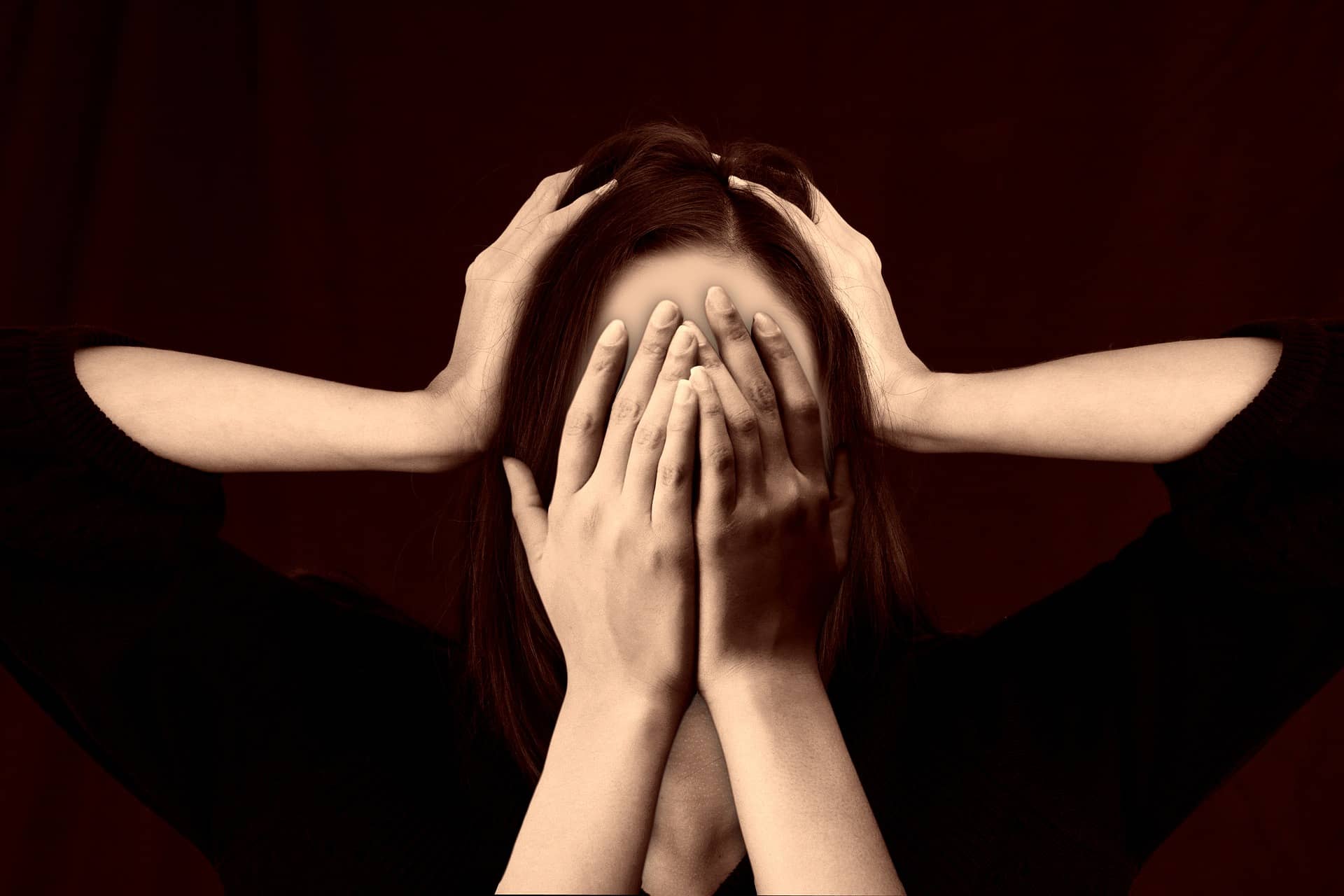Written by Myra Ali

Bipolar disorder, a mood disorder that is characterized by repeating cycles of depression and mania, affects approximately 3% of the population [3]. Although considerable progress has been made for the treatment of bipolar disorder, methods to predict its onset remain to be elucidated [1]. Current studies have turned to biomarkers, which are measurable indicators of some biological condition, as possible predictors since they are more objective than currently used clinical criteria for diagnosis. However, the quest for identifying such biomarkers has not produced definitive results [2,5]. To counteract this, studies have moved towards using a combination of different sources of information, be they cognitive, clinical or biological to elucidate the underlying neuropathophysiology of bipolar disorder.
A study currently being conducted at the UCI Medical Center by Dr. Julie V. Patterson is using a unique combinational approach of cognitive tests and sensory gating to find a predictor for bipolar disorder. Since many studies have found that bipolar disorder impairs cognitive functioning, Dr. Patterson has focused on cognitive differences between bipolar disorder patients and control subjects as a primary diagnostic tool combined with physiological measures [6]. Cognitive tests assess various domains of neurocognitive functions such as attention, short-term memory and executive function (skills of prioritization, decision-making, organization). As for the physiological component, Dr. Patterson is analyzing sensory gating responses in bipolar disorder because sensory gating has been linked to some of the genetic findings observed in bipolar disorder.
Sensory gating is the process by which the central nervous system focuses on relevant stimuli by filtering out irrelevant or repetitive stimuli from the surroundings such as the sound of a clock ticking in the local library. Sensory gating is thus an important feature of the brain, as it allows for the ability to focus on specific stimuli while ignoring others. Such an ability is useful in various situations where multiple stimuli are competing for attention, such as focusing on one conversation with a person in front of you while simultaneously blocking out other conversations at a party.
Sensory gating responses to auditory stimuli are commonly recorded through electroencephalograms (EEGs). In this noninvasive test, small flattened discs called electrodes are placed on a person’s scalp to measure variations in the electrical activity resulting from the flow of charge in brain cells (neurons). When a stimulus such as a click is presented during an EEG, a brain response to the stimulus called evoked potential may be obtained. These responses are recorded as wavelike peaks on a chart, and represent the summated activity of numerous neurons firing in synchrony. In the sensory gating task, paired clicks 500 milliseconds apart are presented and evoked potentials are measured for each click. In normal gating individuals, the amplitude of the wave generated in response to a second stimulus is up to 80% smaller than the wave generated in response to the first stimulus. However, such a strong reduction is not seen in bipolar disorder patients, indicating a decreased ability of sensory gating.
As for cognitive abilities, Dr. Patterson is administering nine neurocognitive tests to all participating subjects in her study. From these tests, performance on several cognitive domains can be derived. For example, one test that measures attention is the Trails A Test, during which subjects are required to draw a line connecting numbers in an ascending manner [4]. The Auditory Verbal Learning Test measures short-term memory by having participants repeat a list of 15 words immediately after hearing them during 5 separate trials, and then once more 30 minutes later after distraction by intervening tests. Finally, one test that measures executive function is the Letter Number Span Test, during which participants are given a series of randomized numbers and letters, and are then asked to simultaneously arrange numbers in an ascending order and letters alphabetically. For example, participants would be asked to arrange “U3XJ76” to “367JUX”. Dr. Patterson’s study predicts that people exhibiting bipolar disorder will have longer time durations to complete tasks and a higher number of incorrect responses when compared to control subjects.
After collecting data from over 350 participating individuals, this study has demonstrated great promise in correlating sensory gating ability with cognitive abilities as a means to identify biomarkers for bipolar disorder. Being able to predict disease and provide diagnosis during an early stage of disease can help the medical team develop more personalized treatment plans for patients, and can prevent symptoms from gaining severity. Thus, such research being conducted at the UCI Medical Center is a significant step towards better care for patients of mental illness.
